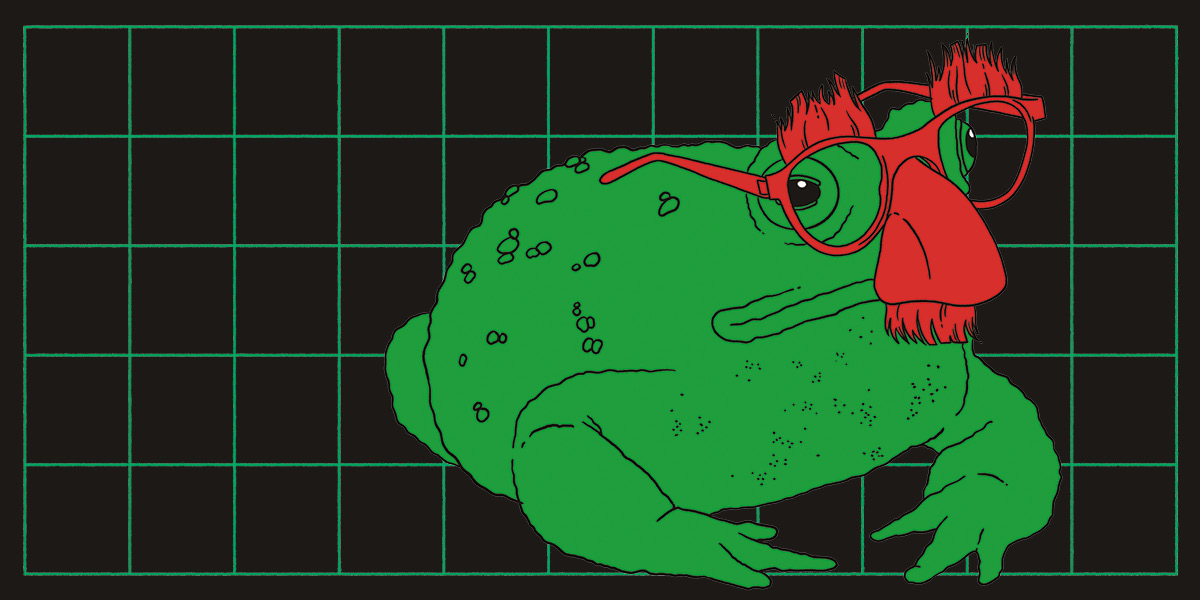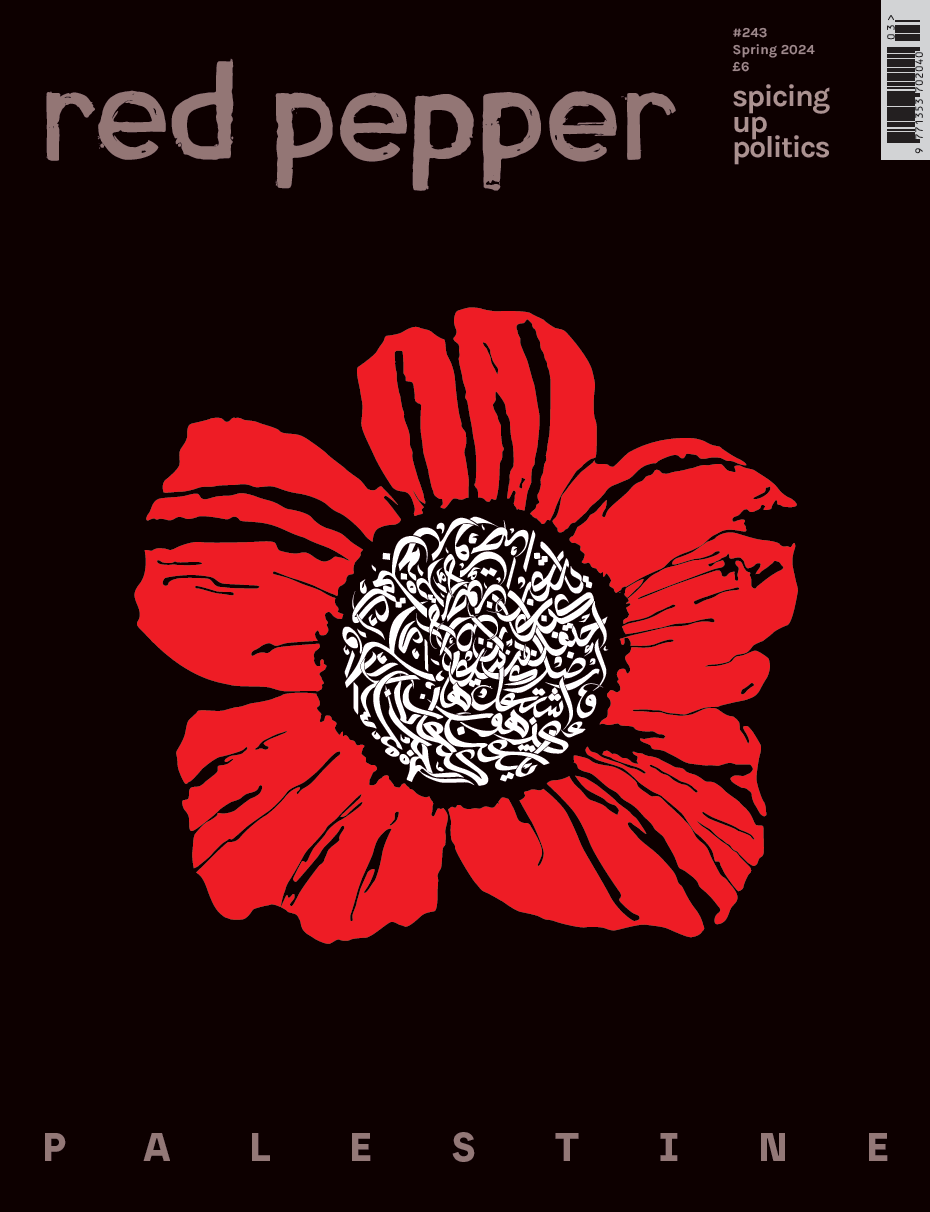When people in the west envision China’s internet culture, it’s often as a cold, heavily censored space where the government monitors every word, ensuring that no dissent sees light. While censorship undeniably shapes China’s online environment, viewing it as purely oppressive oversimplifies a complex reality. In fact, it buzzes with political conversation – sometimes indirect, frequently subversive.
As in the west, censorship operates on multiple levels. Boundaries blur between state mandates, platforms’ policies and users’ self-censorship – a complex web that challenges the idea of censorship as a monolith. From this intricate dance Chinese netizens creatively express themselves without crossing lines that invite trouble. The Great Firewall may stand tall, but China’s internet is far from compliant; paradoxically, censorship has spurred an explosion of ingenuity.
Moral panic
The internet made its debut in China in 1994, amid a wider context of economic reform and opening to global markets. By 1997, as politicians worried about foreign influence infiltrating through the web, the term Great Firewall had emerged to describe China’s internet filtering and blocking system.
In 2000, then-president Jiang Zemin told a journalist: ‘We hope people will learn a lot of useful things from the internet. However, sometimes there is also unhealthy material – especially pornography – which does great harm to our youngsters.’
His words reflect China’s conservative moral stance, which is embedded in Confucianism’s emphasis on strict social roles. Such concerns are neither new nor exclusive to China. Western countries also grapple with regulating erotic content online, with moral panics around platforms from OnlyFans to TikTok prompting new measures, like the UK’s controversial 2023 Online Safety Act.
China’s approach is far more rigid, however, with the government favouring a one size-fits-all solution: an outright ban. So, since 2016, the Cyberspace Administration of China has been initiating annual ‘clear internet campaigns’ to target a wide range of content – far more than pornography.
Sensitive words
The party-state plays a lead role in ensuring websites follow its guidance. By controlling access to global platforms like Facebook, Google and Twitter, China has fostered a separate digital ecosystem with platforms such as WeChat, Baidu, Weibo and Douyin (known as TikTok outside China). Each platform also creates and enforces its own protocols, often erring on the side of caution to pre-emptively remove content and avoid potential regulatory repercussions.
In his 2000 interview, when asked why some international media were also banned, Jiang Zemin elaborated: ‘We hope to restrict as much as possible information not conducive to China’s development.’ The interview itself has been scrubbed from China’s internet.
Internet users are not passive recipients of official restrictions
But internet users are not passive recipients of official restrictions. President Jiang’s image lives on in memes, where he is represented as a toad (蛤) emoji due to his distinctive black-frame glasses and demeanour. Netizens mock this political figure to subtly challenge authority.
The creative use of homophones and euphemisms has created a ‘sensitive word culture’ in China’s cyberspace. For example, internet users replaced ‘政府, zhèngf (government)’ with its acronym ‘ZF’. Elsewhere, ‘民主, mínzh , (democracy)’ becomes a homophonic but nonsense word ‘皿煮’ (boiling in a dish). Even if these neutral terms are open to discussion online, netizens’ fear of censorship makes them use indirect words in everyday conversations.
TikTok users also alter language to avoid detection, discussing racism by swapping ‘white’ for emojis like toilet paper or tooth. These moves echo creative responses to Instagram’s censorship of women’s nipples globally, through image filters, or stickers and emoji coverings that avoid censorship – while drawing attention to it.
Online/offline resistence
In April 2022, lockdown in Shanghai sparked a poignant moment of overt protest. The video ‘Voice of April’, capturing citizens’ frustrations towards zero-Covid policies, was posted, removed and repeatedly uploaded by users altering footage, f lipping images and so on in attempts to outmanoeuvre censors.
Later that year, a fire in Ürümqi, Xinjiang, ignited public outrage as citizens blamed strict lockdown policies for hindering rescue efforts. Demonstrators held up blank sheets of A4 paper to symbolise speech stifled by censorship. Online, users changed their profile pictures to blank squares, echoing the message. Reminiscent of movements like #BlackOutTuesday, where social media users posted black squares as profile photos following the 2000 murder of George Floyd in Minnesota, the ‘white paper’ protest blended frustration and irony: saying nothing became the loudest statement.
On Halloween 2023, Shanghai residents used the western holiday to protest through meme and live performance. Some parodied Covid officers. Delivery riders re-enacted their harsh conditions through viral videos. Others ‘enacted’ the country’s rising unemployment crisis. Rather than crack down, the government of China’s most open city called it ‘an opportunity for young people to have fun, express themselves and release pent-up emotions’ – a relaxed signal in handling public discontent by then.
Queer and feminist fightback
Amid these broader movements, marginalised groups navigate tighter spaces. When #MeToo gained traction and subsequent censorship in China in 2018, for example, netizens turned to ‘Rice Bunny (米 兔),’ a homophone for ‘Me Too’ in Chinese, to tell stories of harassment and abuse – often implicating high ranking officials, TV presenters, and professors.
LGBTQ+ content, though not outright banned, frequently disappears from the internet without explanation. In 2021, for example, WeChat shuttered LGBTQ+ student society accounts without warning – and those who voiced outrage found posts swiftly deleted. As activist Qiuyan wrote for Red Pepper, the move marked a new phase in the ongoing suppression of grassroots LGBTQ+ groups.
Yet creativity still flourishes. Queer influencers on short-video platforms are amassing millions of followers through manipulating algorithms. Gay men use terms like ‘jiyou (基友),’ a playful twist meaning ‘butt buddy,’ to describe same-sex relationships under censors’ radars. On Zhihu, a Quora-like platform, gay men feel protected knowing their coded content is algorithmically curated – and therefore unlikely to register broader public scrutiny.
All these creativities are not to minimise China’s internet controls, especially when the state is intensifying repression on expressions. In October, for example, a new round of clear internet campaigns began targeting puns, memes and homophones. Offline, Halloween in Shanghai saw not costumed parodies as last year but real officers policing the streets and making arrests.
But as crackdowns erase one layer of creative resistance, new forms inevitably arise, adapting to restrictions like water finding cracks in stone. The message is clear: while control may tighten, the drive to communicate – to claim space for one’s voice – endures, an indomitable pulse that no wall can fully contain.










